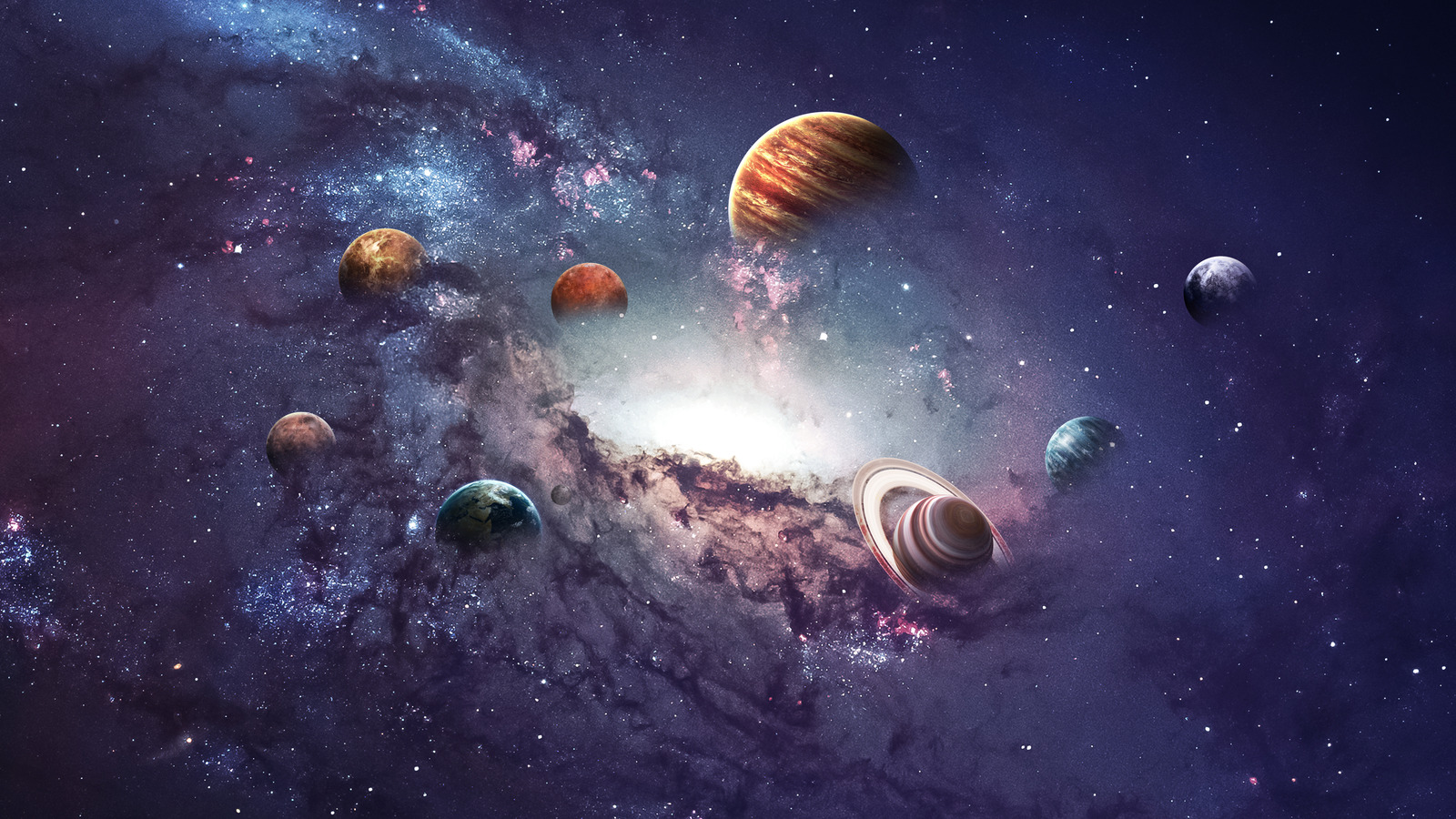The Universe, An Introduction
The universe is vast and complex, and our understanding of it is constantly evolving. From the earliest civilizations to modern scientific discovery, humans have been fascinated by the cosmos and the mysteries it holds.
The universe, by definition, encompasses all matter and energy, including galaxies, stars, planets, and everything in between. It is estimated to be approximately 13.8 billion years old, and it is believed to have originated from a single point in a massive explosion known as the Big Bang.
The universe is constantly expanding, meaning that galaxies are moving away from each other at an accelerating rate. This expansion is driven by a mysterious force known as dark energy, which makes up approximately 68% of the universe's total energy.
One of the most interesting aspects of the universe is its sheer size. The observable universe, which is the portion of the universe that we can see, is estimated to be over 90 billion light-years in diameter. To put that in perspective, one light-year is the distance that light can travel in one year, which is approximately 5.88 trillion miles.
Despite its immense size, the universe is made up of a relatively small number of building blocks. These building blocks include atoms, which are the basic units of matter, and particles such as protons, neutrons, and electrons.
One of the most remarkable features of the universe is its ability to create complex structures out of these simple building blocks. Galaxies, for example, are made up of billions of stars, which in turn are made up of atoms and particles. The complex interactions between these particles give rise to the incredible variety of structures and phenomena that we observe in the universe.
One of the key questions that scientists are still trying to answer is whether life exists elsewhere in the universe. While we have yet to find definitive evidence of extraterrestrial life, the sheer size and complexity of the universe make it seem likely that life may exist on other planets or moons.
In recent years, scientists have made great strides in our understanding of the universe. The discovery of dark energy, for example, has revolutionized our understanding of the universe's expansion and the forces that drive it. The development of powerful telescopes and other observation tools has allowed us to study the universe in greater detail than ever before, revealing new insights into the origins of the universe and the nature of dark matter and dark energy.
Despite these advancements, however, there is still much that we do not know about the universe. The question of what happened before the Big Bang, for example, remains one of the most intriguing and mysterious questions in modern cosmology.
In conclusion, the universe is a vast and complex entity that has captivated human curiosity for centuries. From the Big Bang to the origins of life, scientists have made significant strides in our understanding of the universe, yet there is still much that we do not know. As our technology and scientific understanding continue to evolve, we are sure to uncover new mysteries and revelations about the nature of the universe and our place within it.
Follow our blog and comment down below for more fun and detailed blogs!


Comments
Post a Comment
Follow for more! If you have any doubts or suggestions, let us know!